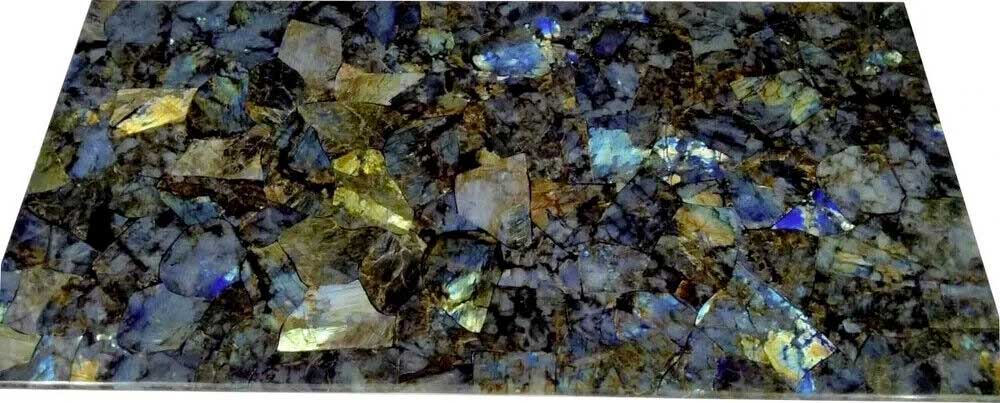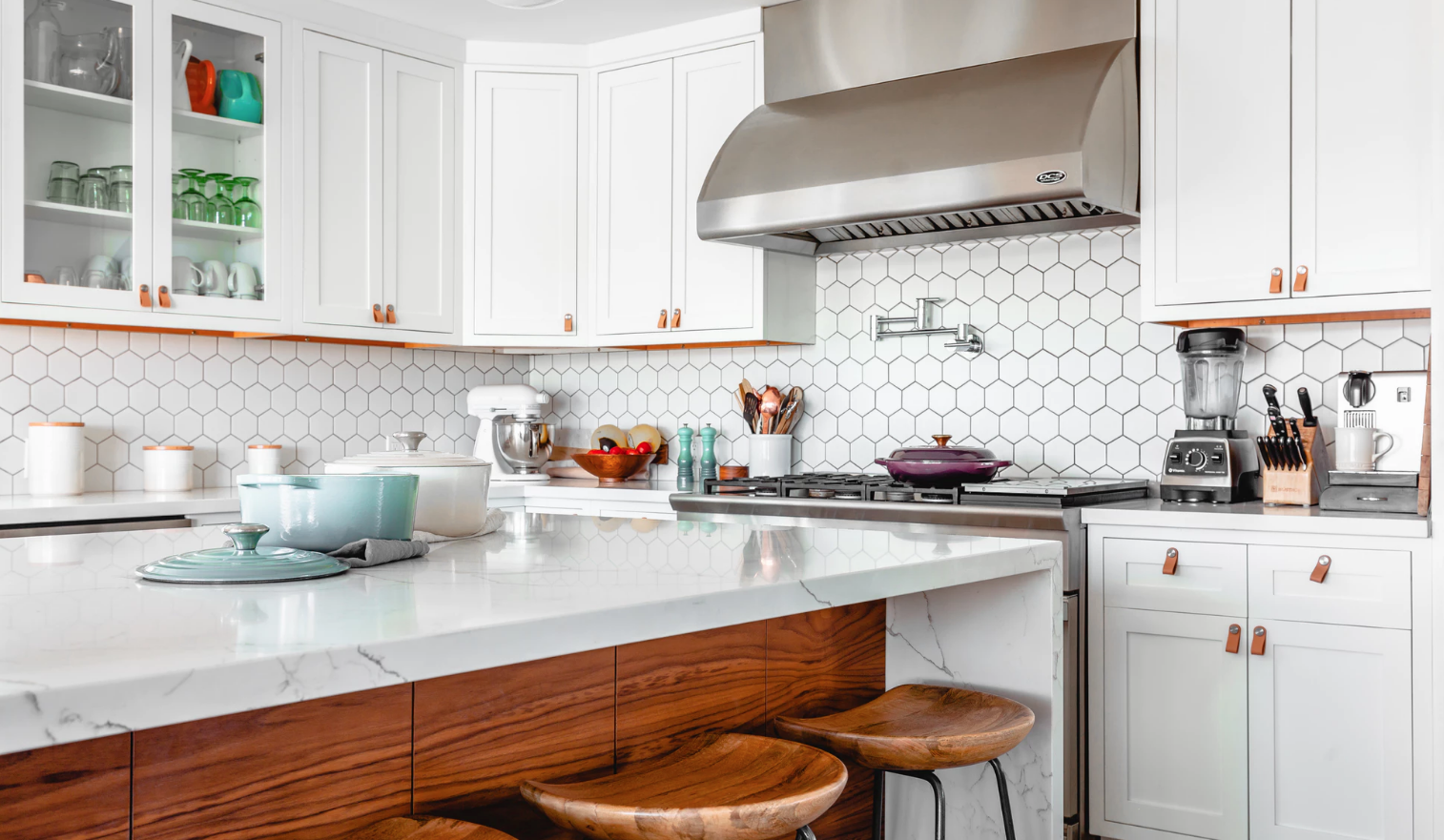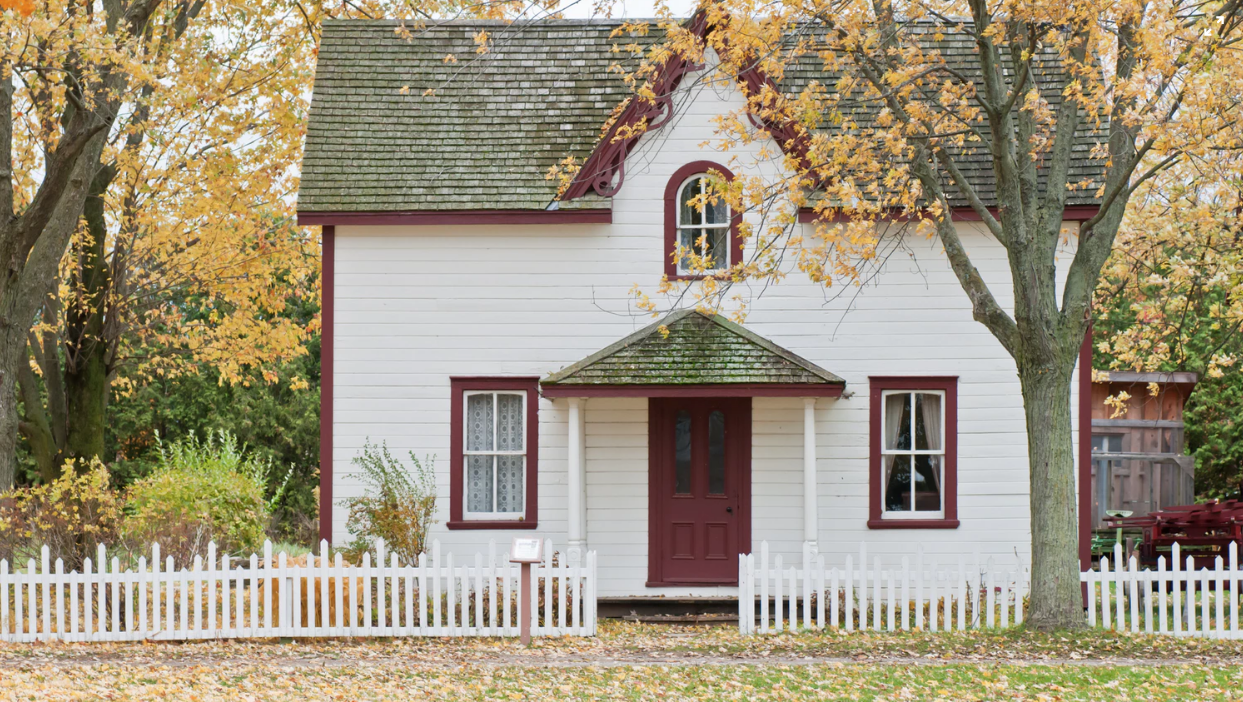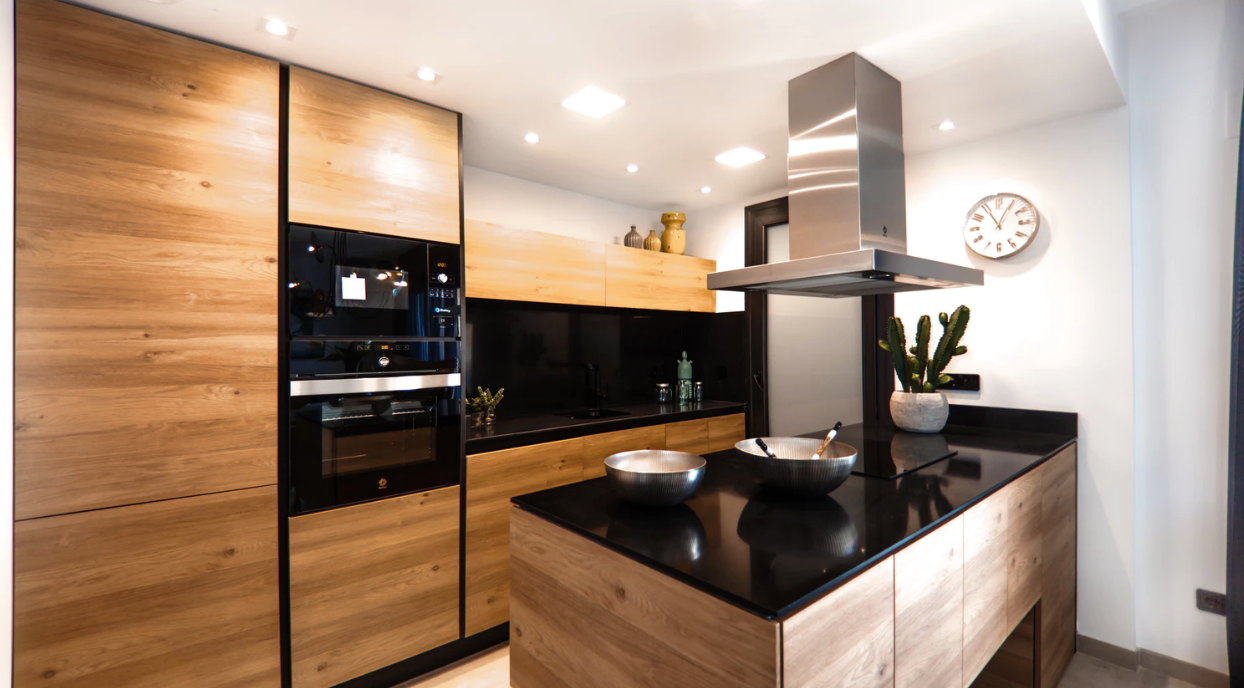How Much Does It Cost to Declutter Your Home?
So, you’ve taken a good look around your home and have begun to notice piles of belongings you don’t really need anymore. Your knick-knacks have shelves full of their own knick-knacks and your garage is piled high with half-ripped camping tents and old baby clothes you couldn’t bear to rid yourself of. But now your kid is a teenager and they need somewhere to store their soccer gear. There are so many boxes full of unidentified items in your attic that even thinking about clearing them brings on a migraine.
Decluttering your home is a huge job, but it’s mostly free. With time and determination, decluttering your home can simplify your life and ease your mind for seasons at a time. The best way to break it down is by room, or even a section within a room, to make the task as manageable as possible. First, here is what you’ll need to begin your amazing declutter project.
Categorize and prioritize:
For each space in your house, you’ll need six different baskets, bins, or boxes.
- Put away – This container is for items that need moving. We’re calling out all of the socks in the silverware drawers and the craft scissors in the medicine cabinets (Seriously? Just buy some nail clippers, already.)

- Recycle – For trash items that need to be recycled such a paper, plastic, or glass. Check your local recycling requirements before you begin.
- Fix – This is for items that need a little love. Shoes that need cleaning and toys that need patching.
- Junk – for items that are simply unsalvageable. You know in your heart of hearts it’s time to part.
- Donate – For items that still have some wear in them, consider donating to a charitable organization, friend, or family member.
- Sell – For items with value that you could sell. Facebook Marketplace and Craigslist make the process exceedingly easy.
If you’re having a difficult time letting go of your items, ask yourself this: is this item something you’d ask your most reviled ex-partner to return to you if you had left it at their place?
Or, the more generic: When was the last time I used this? Does it have multiple uses? Is it bringing me joy? Will it bring me joy in the future?
Too Much Work? Pay Someone to Haul the Throwaways
If, after categorizing your things you find that you have multiple loads of junk to throw away, recycle, donate, and sell, you can choose to have a professional take care of hauling it away for you. This strategy will save you time and mental energy that could be used for the organizing part of decluttering. If hauling bulk items to a landfill, they typically charge a gate fee. Some landfills will also pick up your debris directly. Check Waste Management for location information.
If you’re looking for a more streamlined approach to ridding yourself of clutter, use a licensed junk removal service, which can cost anywhere between $60-$180 per load, depending on the type of junk you’re removing. A licensed junk removal service will pick up your junk directly from your house and dispose of each item properly.
Tips for decluttering your garage or basement
Ah, the two-car garage that now has room for only… 50% of one car. The basement full of half-finished projects from years ago. How did we get here? No matter, here’s how to turn your mess into a truly functional storage space for years to come.
Once you’ve sorted the junk into those six sectors we mentioned above – throw away the trash, recycle the recycling, sell what you can, and donate the rest, you need to organize the items you’ve decided to keep. Here are some useful tips to keep your things organized in a practical way.
- Frequently used: Keep items that you use frequently, such as shopping bags and pet leashes within easy reach – on hooks or in cubbies by the door.
- Items used together: Create zones for groups of things such as auto care, gardening, and sports equipment so that like items are stored together.
- Bulkier items: Use the two back corners of the garage to store bulkier items such as lawn mowers or spare tires.
- Rarely used: Place rarely used items, such as holiday decorations or snow tires, on higher shelves of sturdy shelving units or consider installing a ceiling storage system. Just make sure your garage door doesn’t interfere with the ceiling storage.
- Tools and bicycles: Tools such as shovels and rakes and bicycles are best stored by hanging on the wall.
Tips for decluttering your kitchen
Kitchens are a mishmash of everyday living. We store all kinds of things in kitchens without organizing them first. Here are some items to reconsider and if necessary, reorganize with intention.
- Cookbooks. Donate cookbooks that you no longer use. For books that you only use one or two recipes, consider writing them out and storing them in a recipe box or binder rather than keeping the whole book. Go high tech and store them in an Evernote folder on your iPad, and just buy an iPad holder to mount on a cabinet for easy use.
- Tupperware or other food storage. Match up lids and bottoms and toss anything that does not have a pair.
- Dish towels. Go through all dish towels and discard those that are past their prime.
- Baking Ware. Look for extra, old, or unused cookie sheets, pie pans, muffin tins, etc.
- Cleaning Supplies. Take stock of your cleaning supplies and toss those that you no longer use. Combine multiple instances of the same product.
- Kitchen Gadgets. Kitchen gadgets sound great but are often seldom used. Keep only what you use and sell the rest.
- Medicine/Vitamins. If you don’t already store your medicine here, the kitchen is a great spot for it as long as it is kept in a cooler spot away from the steam of the stove or other appliances. Be sure all medications are up to date, you know what everything is for, and it is stored safely away from little hands.
- Junk Drawer. This is your drawer full of batteries and takeout menus. Look for old batteries, extra office supplies, candles, tools, phone chargers or extra cords that you no longer use and move them where they belong or throw them out.
- Spices. Chances are you have at least a few spices that you never use. Toss any spices that you don’t use or have lost their flavor.
- Pantry Items. Toss anything that is opened that you won’t be using or items that are expired. Donate as much unused food as you can.
- Fridge/Freezer. Quickly toss items that are expired or look freezer burned. Check bottles for expiry dates.
Again, decluttering your home is mostly free. In some cases, it might even put money into your pocket. The biggest cost you’ll face is time. But with some simple planning and determination, you’ll have your home decluttered in no time!





Wonderful and inspiring!! So much so that I have just completed email cleaning in all three areas✅ Thank you for your clear and simple advice: you got me over the hump from procrastinating pondering to fantastic freedom!😊 Interesting conincidence: my Maine study group is working on the first Niyama, called Saucha, which is Purification. One of the ways we can purify is through decluttering our livesso whether it involves emails, clothing, an overstuffed pantry or too many thoughts, practicing these kinds of purifications is such a wonderful way to lighten our loads! I would like to share this timely blog with my study group, if that is okay?🙏 Thank you again, Carole